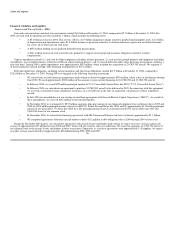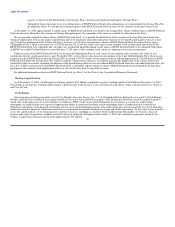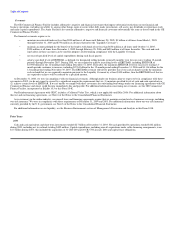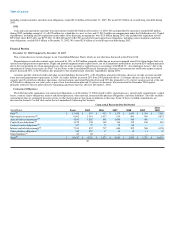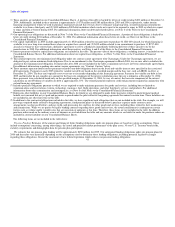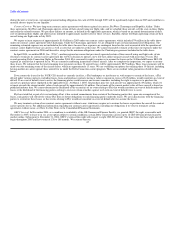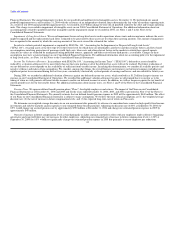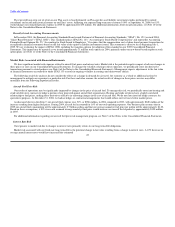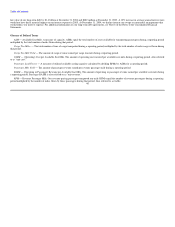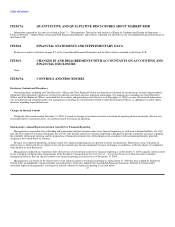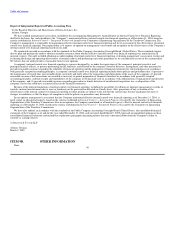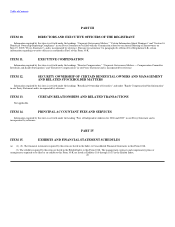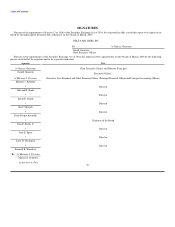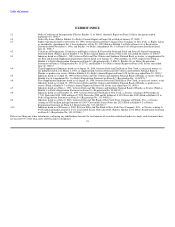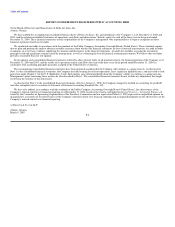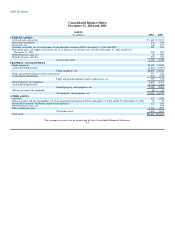Delta Airlines 2004 Annual Report Download - page 50
Download and view the complete annual report
Please find page 50 of the 2004 Delta Airlines annual report below. You can navigate through the pages in the report by either clicking on the pages listed below, or by using the keyword search tool below to find specific information within the annual report.
Table of Contents
fair value of our long-term debt by $1.6 billion at December 31, 2004 and $682 million at December 31, 2003. A 10% increase in average annual interest rates
would not have had a material impact on our interest expense in 2005. At December 31, 2004, we had no interest rate swaps or contractual arrangements that
would reduce our interest expense. For additional information on our long-term debt agreements, see Note 6 of the Notes to the Consolidated Financial
Statements.
Glossary of Defined Terms
ASM — Available Seat Mile. A measure of capacity. ASMs equal the total number of seats available for transporting passengers during a reporting period
multiplied by the total number of miles flown during that period.
Cargo Ton Miles — The total number of tons of cargo transported during a reporting period, multiplied by the total number of miles cargo is flown during
that period.
Cargo Ton Mile Yield — The amount of cargo revenue earned per cargo ton mile during a reporting period.
CASM — (Operating) Cost per Available Seat Mile. The amount of operating cost incurred per available seat mile during a reporting period. Also referred
to as "unit cost."
Passenger Load Factor — A measure of utilized available seating capacity calculated by dividing RPMs by ASMs for a reporting period.
Passenger Mile Yield — The amount of passenger revenue earned per revenue passenger mile during a reporting period.
RASM — (Operating or Passenger) Revenue per Available Seat Mile. The amount of operating or passenger revenue earned per available seat mile during
a reporting period. Passenger RASM is also referred to as "unit revenue."
RPM — Revenue Passenger Mile. One revenue-paying passenger transported one mile. RPMs equal the number of revenue passengers during a reporting
period multiplied by the number of miles flown by those passengers during that period. Also referred to as traffic.
46


